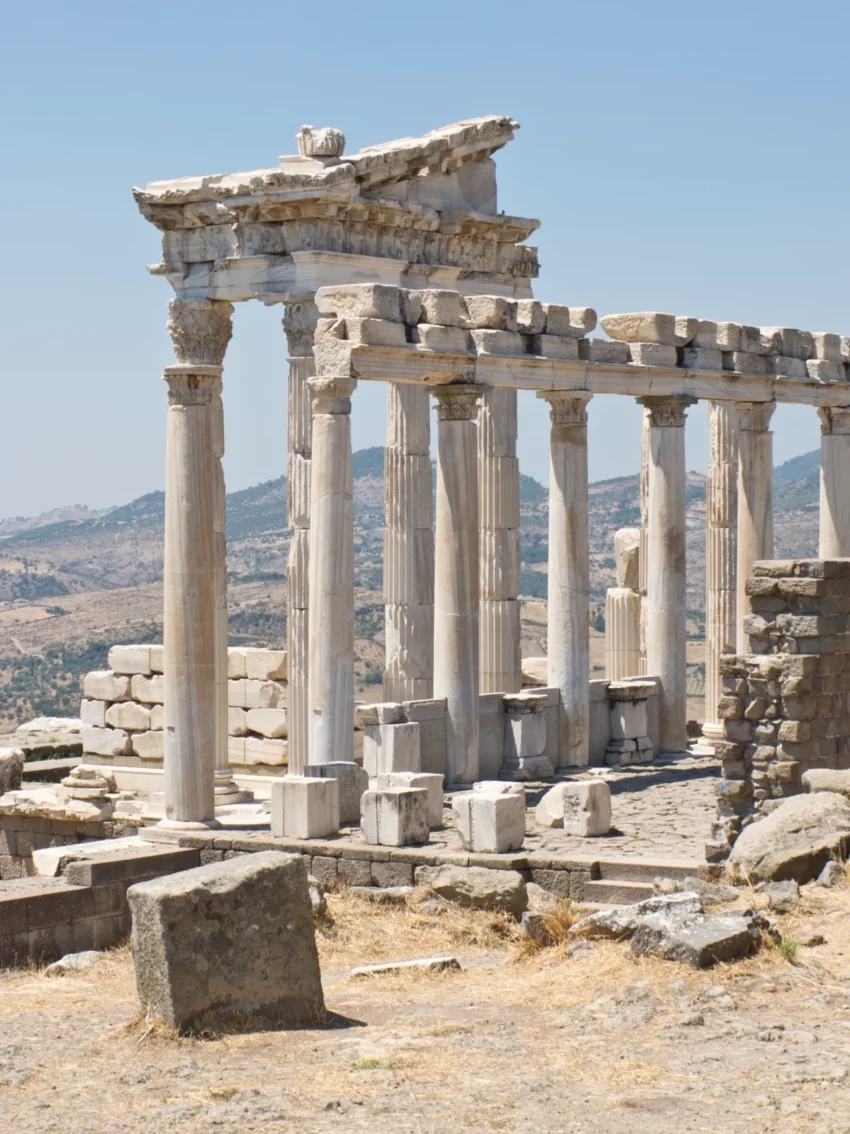An Ancient Powerhouse
Pergamon, once a flourishing Greek city, sat prominently 26 kilometers from today’s Aegean coast. Perched on a promontory north of the Caicus River, it commands views toward modern Bergama, Turkey. As the capital of the Kingdom of Pergamon during the Hellenistic era, it was a beacon of culture and intellect from 281 to 133 BC under the Attalid dynasty.
Get your dose of History via Email
The city is known for its formidable acropolis, rising 335 meters above the landscape. The natural terraces on its southern side formed pathways leading up to this significant height. Meanwhile, to the west, the Selinus River carved its way through the cityscape.
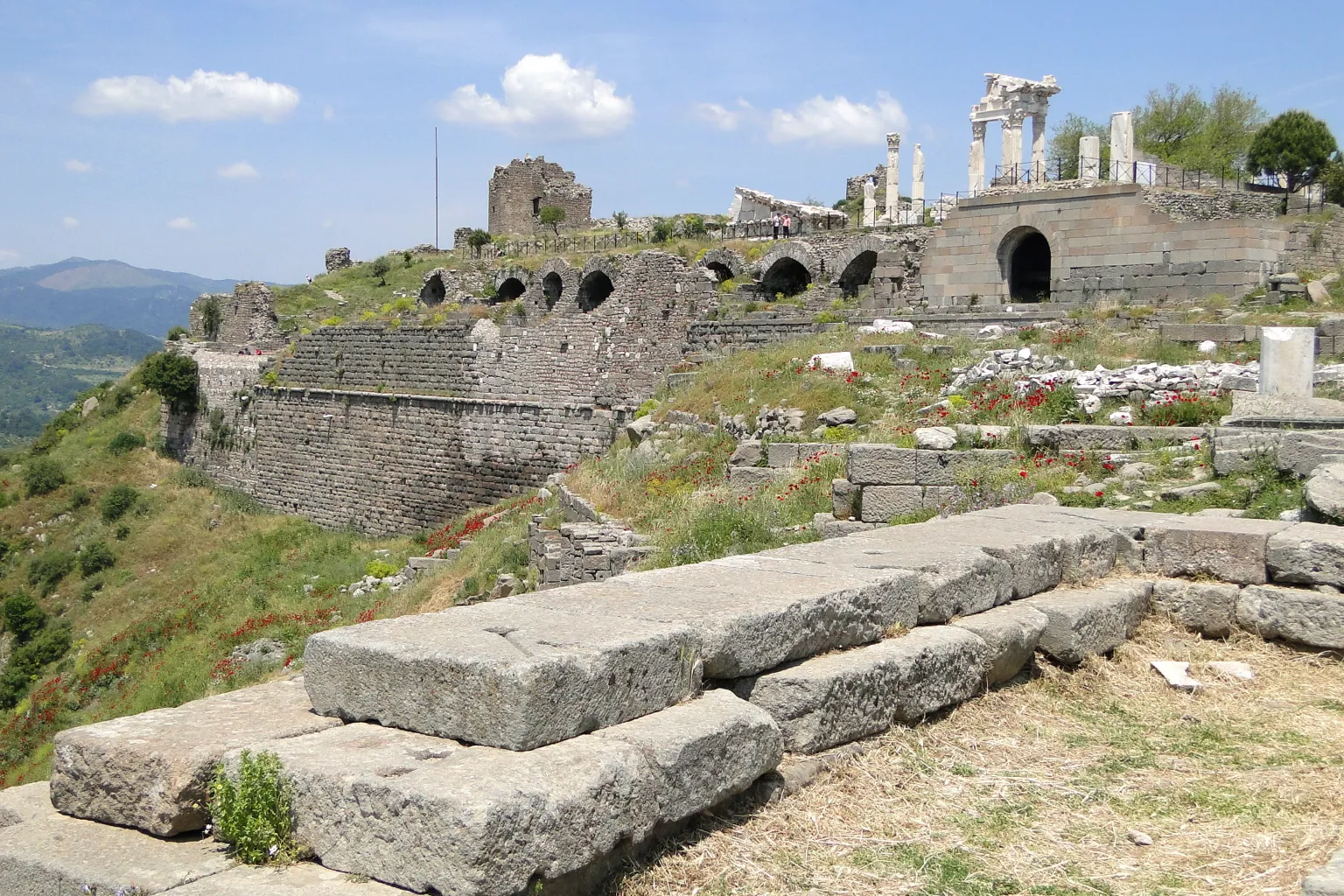
A Rich History
Pergamon’s journey through time is marked by significant eras. Initially just a player in the region, it came into prominence when the Attalid dynasty made it their capital. This era saw Pergamon transform into a cultural hub. The city was also a pivotal Christian site, mentioned as one of the seven churches in the Book of Revelation.
Adding to its fame, UNESCO recognized Pergamon as a World Heritage Site in 2014, acknowledging its historical and cultural significance.

Geographical Marvel
The city’s terrain is unique, with volcanic andesite forming the bulk of the region. The Caicus valley showcases this rugged landscape, cutting through mountains and extending toward the southwest. Pergamon’s strategic position made it a formidable site in ancient times. The climate, typical of the Mediterranean, brought dry summers and wet winters, further shaping the living conditions.
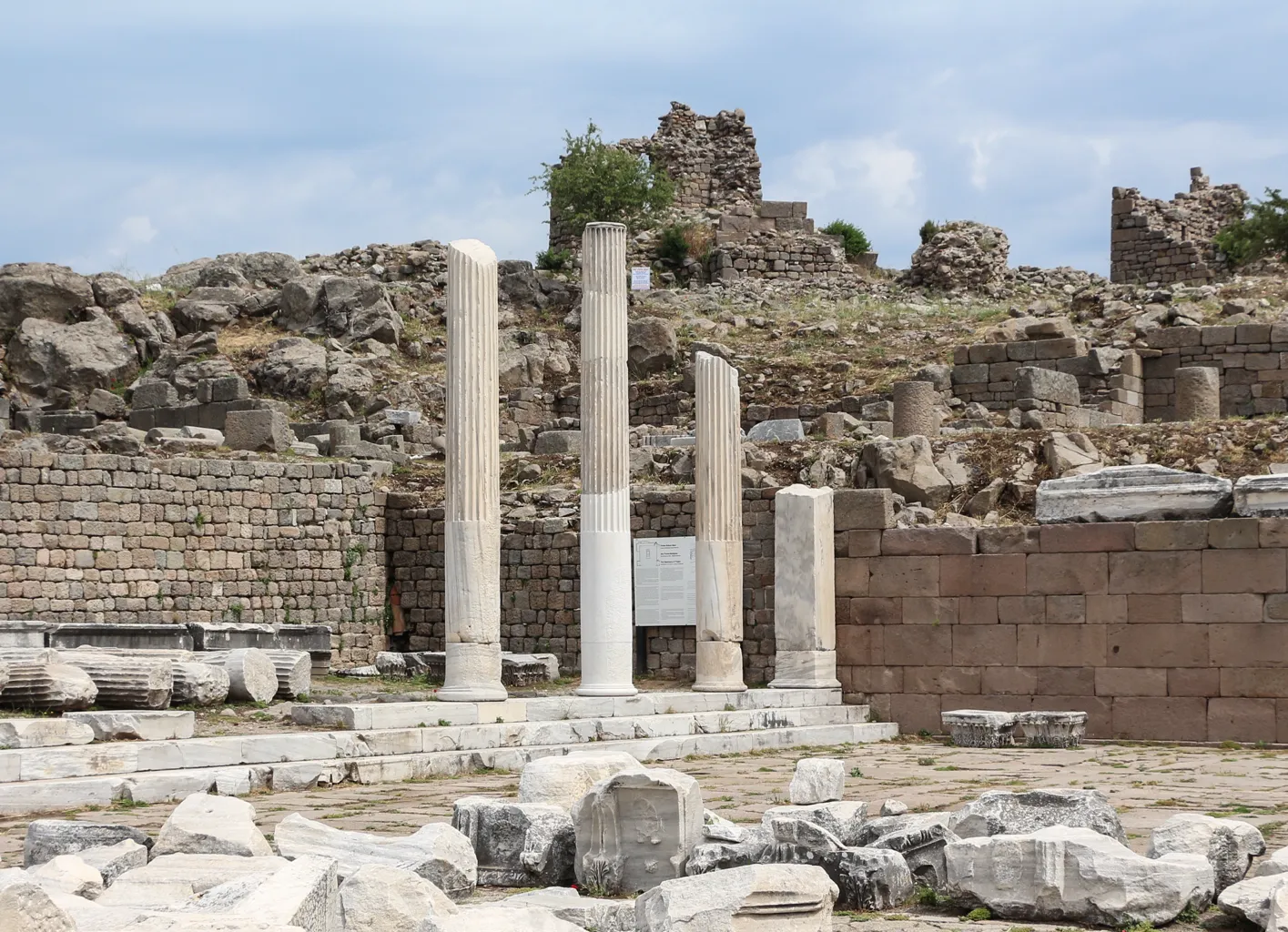
Flourishing Under the Attalids
The Attalid rulers left an indelible mark on Pergamon. The dynasty began with Philetaerus and continued to prosper, reaching its zenith with Eumenes II and Attalus II. Their reigns saw expansions and extensive building projects, which included a grand acropolis modeled after Athens. Pergamon became synonymous with learning and culture, housing a library rivaling Alexandria’s.
The city’s allegiance to Rome brought both rewards and challenges. It flourished under Roman patronage until internal politics and shifts in power dynamics eventually reduced its influence.
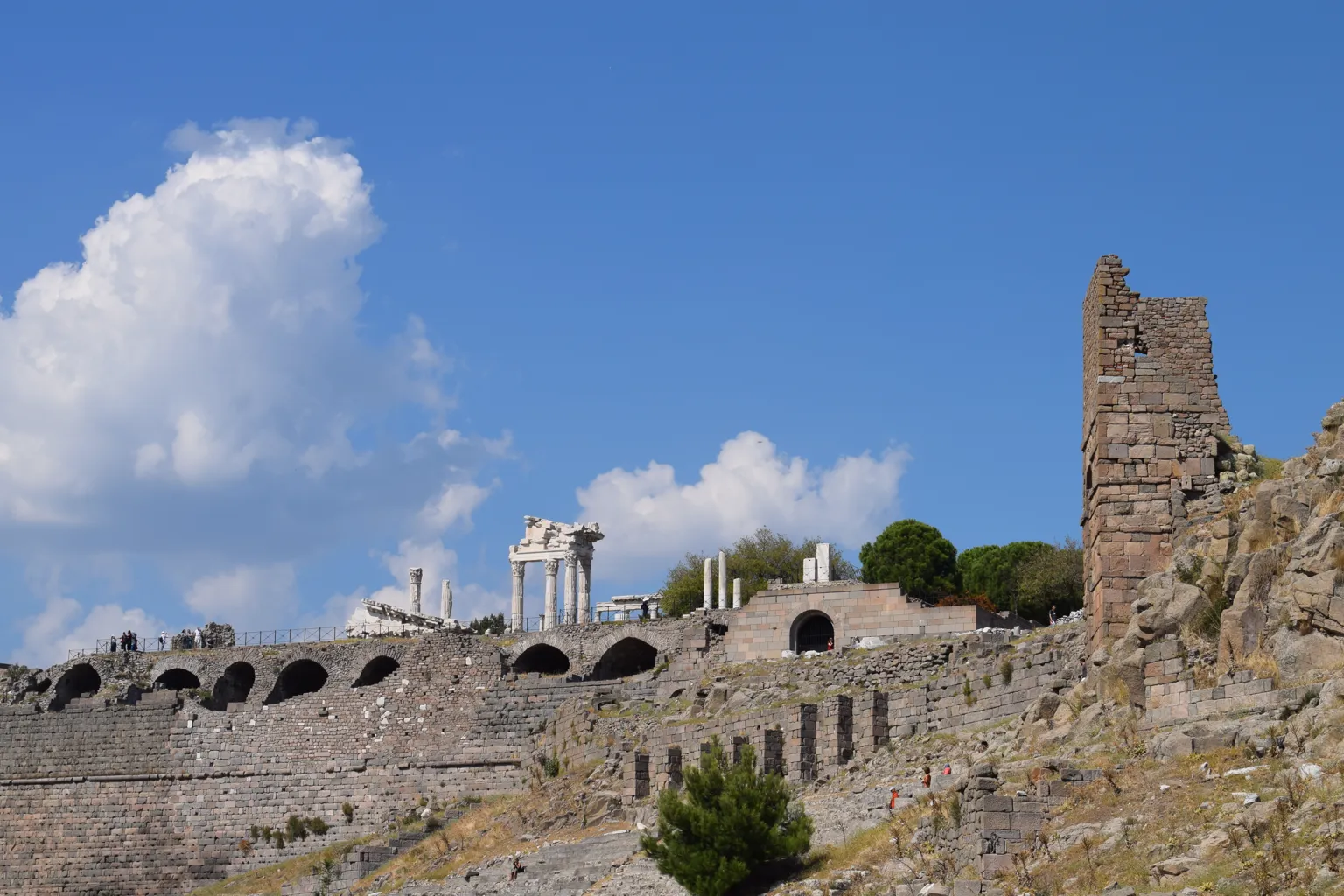
Roman and Byzantine Eras
Under Roman rule, Pergamon adapted to the changing times. It was an important administrative center in the Roman province of Asia. The city saw extensive redevelopment, especially under Emperor Hadrian, who elevated its status. Yet, the rise of other regional powers and natural calamities led to its decline.
The Byzantine period saw Pergamon endure through sieges and invasions but always rising from the ashes. It retained a symbolic stature until the coming of the Ottomans, who incorporated it into their expanding empire.
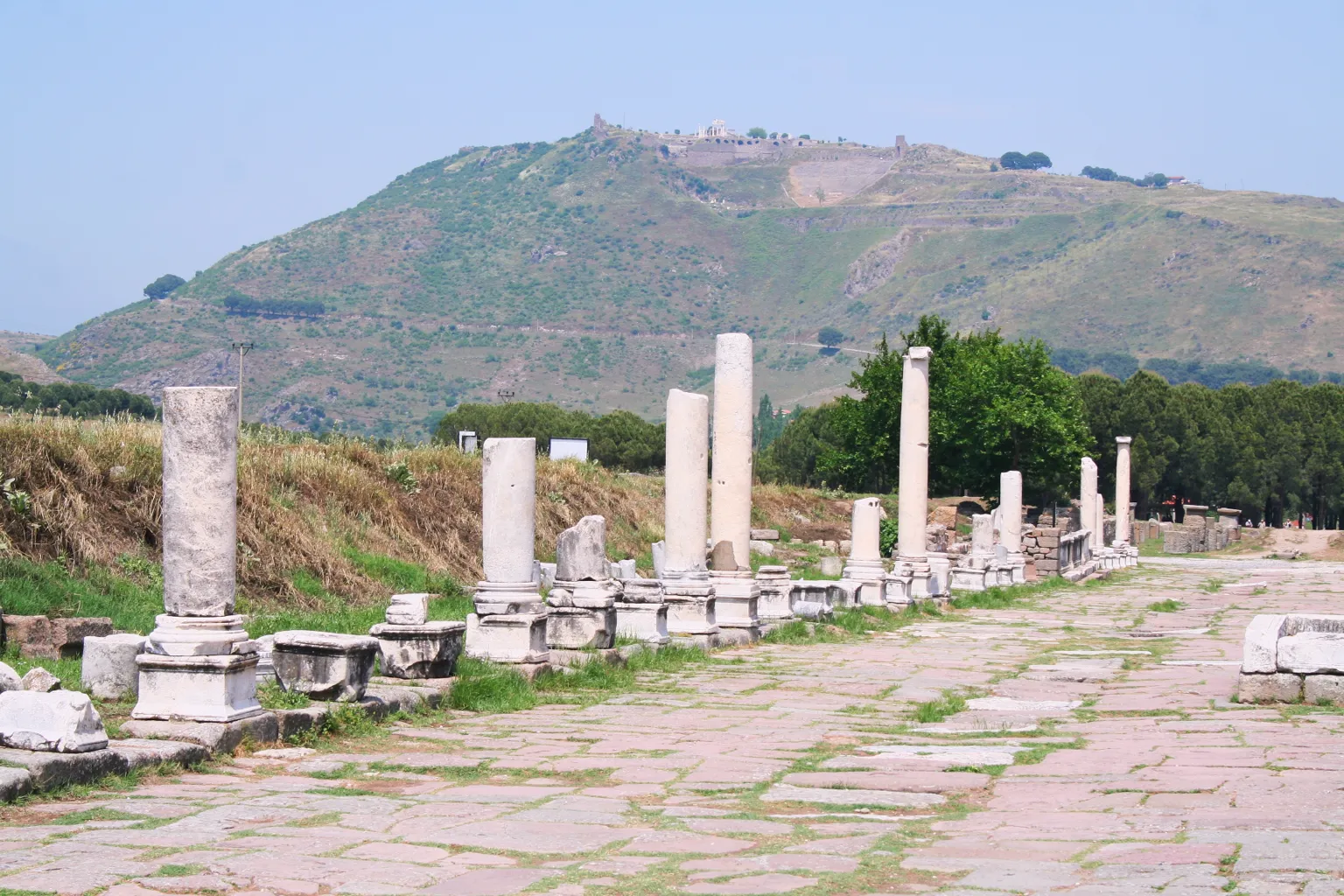
Conclusion
Today, Pergamon’s ruins whisper tales of its past glory. They beckon historians, archaeologists, and tourists alike to uncover and relive its storied history. Through its monuments and lingering legacies, Pergamon continues to be a testament to the richness of ancient civilizations and their enduring impact on the present.

